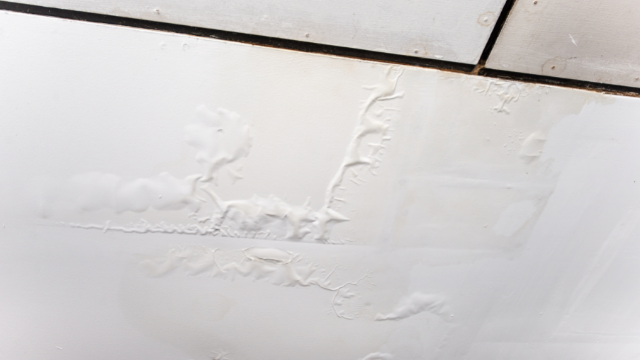Right here down the page you can find some exceptional help and advice about Ways to Reduce The Risk Of Fire And Water Damage.

Water offers life, water breach on components where it's not meant to be can result in damage. Houses with water damage smell old and stuffy.
Water can come from many resources such as typhoons, floodings, burst pipelines, leakages, and sewer concerns. In case you experience water damages, it would be excellent to understand some safety preventative measures. Here are a couple of guidelines on just how to handle water damages.
Do Prioritize House Insurance Policy Protection
Water damage from flooding dues to heavy winds is seasonal. You can also experience an unexpected flooding when a faulty pipe unexpectedly breaks right into your home. It would be best to have house insurance coverage that covers both disasters such as all-natural tragedies, and also emergency situations like broken plumbing.
Don't Forget to Shut Off Utilities
In the event of a catastrophe, particularly if you reside in a flood-prone area, it would be advisable to turn off the major electric circuit. This removes power to your whole house, protecting against electrical shocks when water comes in as it is a conductor. Additionally, do not fail to remember to switch off the major water line shutoff. When floodwaters are high, furnishings will walk around as well as cause damages. Having the major valve shut down stops more damage.
Do Stay Proactive and Heed Climate Informs
Pay attention to evacuation cautions if you live near a creek, river, or lake. Doing so minimizes potential building damage.
Do Not Overlook the Roof
You can avoid rainfall damages if there are no holes and leakages in your roof covering. This will certainly stop water from streaming down your walls and also soaking your ceiling.
Do Pay Attention to Tiny Leaks
A burst pipeline doesn't take place overnight. Generally, there are red flags that show you have deteriorated pipes in your home. You might notice bubbling paint, peeling wallpaper, water touches, water discolorations, or dripping sounds behind the wall surfaces. At some point, this pipe will burst. Ideally, you ought to not wait on things to rise. Have your plumbing fixed prior to it causes massive damage.
Do Not Panic in Case of a Burst Pipeline
When it comes to water damages, timing is essential. Thus, if a pipeline bursts in your house, right away closed off your major water shutoff to reduce off the source. Call a credible water damage repair expert for help.
Water gives life, water breach on components where it's not expected to be can result in damages. Houses with water damage scent old as well as musty.
Water damages from flood dues to heavy winds is seasonal. You may see bubbling paint, peeling off wallpaper, water streaks, water discolorations, or dripping noises behind the wall surfaces. When it comes to water damage, timing is crucial.
Some Do's & Don't When Dealing with a Water Damage
DO:
Make sure the water source has been eliminated. Contact a plumber if needed. Turn off circuit breakers supplying electricity to wet areas and unplug any electronics that are on wet carpet or surfaces Remove small furniture items Remove as much excess water as possible by mopping or blotting; Use WHITE towels to blot wet carpeting Wipe water from wooden furniture after removing anything on it Remove and prop up wet upholstery cushions for even drying (check for any bleeding) Pin up curtains or furniture skirts if needed Place aluminum foil, saucers or wood blocks between furniture legs and wet carpet Turn on air conditioning for maximum drying in winter and open windows in the summer Open any drawers and cabinets affected for complete drying but do not force them open Remove any valuable art objects or paintings to a safe, dry place Open any suitcases or luggage that may have been affected to dry, preferably in sunlight Hang any fur or leather goods to dry at room temperature Punch small holes in sagging ceilings to relieve trapped water (don't forget to place pans beneath!); however, if the ceiling is sagging extremely low, stay out of the room and we'll take care of it DO NOT:
Leave wet fabrics in place; dry them as soon as possible Leave books, magazines or any other colored items on wet carpets or floor Use your household vacuum to remove water Use TV's or other electronics/appliances while standing on wet carpets or floors; especially not on wet concrete floors Turn on ceiling fixtures if the ceiling is wet Turn your heat up, unless instructed otherwise

We were introduced to that article on What You Can Do At Home To Prevent Fire And Water Damage from an associate on our other web address. Do you know about someone else who is serious about the topic? Be sure share it. Thanks for taking the time to read it.